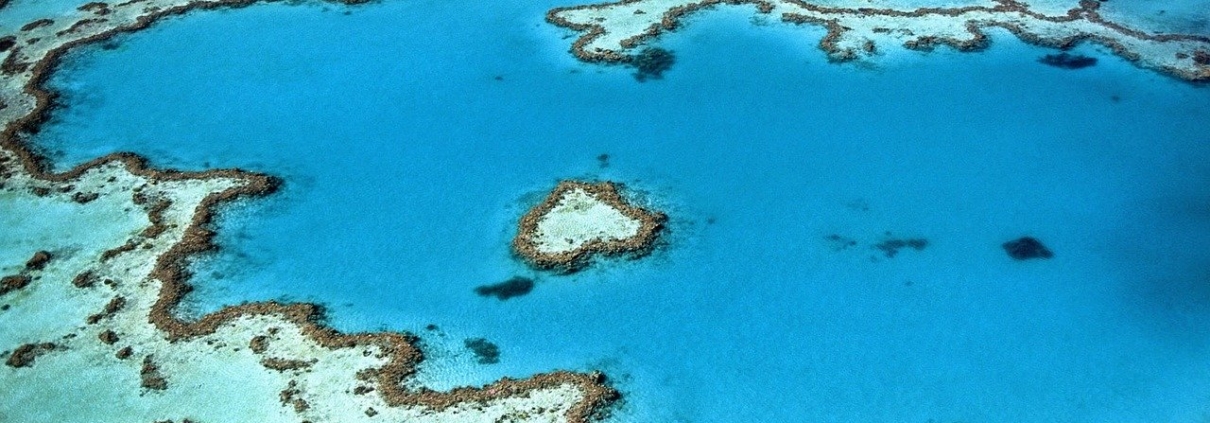Corals Are Keystone Species
Coral reefs are one of the most biodiverse ecosystems on the planet. Their closest rivals are tropical rainforests. In each ecosystem there are species who have a larger impact on the ecosystem than other species. They are called keystone species. In coral reefs, as the name suggests, corals are the keystone species.
Stony corals, the corals that make calcium carbonate skeletons, are at the basis of reef structures. These skeletons are secreted by the coral polyps. Each year, corals grow a few millimetres or several centimetres depending on the species. The intricate structures the corals create are home to many fish and invertebrate species, they find protection there from their predators and places to spawn.
Threats are very common for coral reefs but unfortunately, healthy corals also means a more stable ecosystem. This is not to say that overfishing and pollution (or other negative impacts) are not a problem if they do not directly affect the corals. Coral reef fish and invertebrates are still incredibly important for the function of coral reef ecosystems. Ecosystem health is linked to the diversity and health of the keystone species.
Coral bleaching which can lead to coral death is one of the most talked about threats to coral reefs. Bleached corals need several months to several years to recover, time that is not necessarily given to them before the next bleaching event or stressor takes place. When coral reefs are unhealthy they are more likely to turn into algal fields with only a fraction of reef diversity. Corals are food for many fish species. After coral die-off events, such as bleaching, fish biodiversity can decrease with 60%. When fish species that rely on corals directly disappear, a food source for other species disappears too. This changes the internal dynamics on the ecosystem and some of these changes are not reversible.
When corals are disturbed the complexity of their skeleton also changes and becomes less “dynamic”. Less coral species means less variety in shapes and sizes of corals and therefore also less habitat and shelter for reef fish. The complexity of coral structures are mediators between predation and competition of reef inhabitants.
Indirectly, coral reefs have an impact on the entire ocean’s biodiversity, including many commercially important fish species. They also have an impact on the oceans ability to act as a carbon sink. I am sure you are all aware that we are burning too many fossil fuels and the healthier our ecosystems, the better prepared we are. Unfortunately, coral bleaching is a common occurrence on many reefs across the globe in today’s world. That is not to mention all the other stressors our reefs are facing.
Reef health decline does not only have ecological consequences but also economic ones. The Great Barrier Reef had an economic value of AU$ 7.9 billion in 2015-2016. When reef health declines, so does its economic value due to either a decrease in fishing catches or a decrease of tourism. On a global scale coral reefs are estimated to be worth US$ 1 trillion annually as they provide services and goods to 850 million people. Global reef tourism was estimated at an annual value of US$ 35.8 billion. Losing reefs due to coral bleaching and other human-caused stressors would mean a big economic loss.
Some Links
Coral Reefs: Tourism, Conservation and Management
Ecosystem restructuring along the Great Barrier Reef following mass coral bleaching
Effects of Coral Bleaching and Coral Loss on the Structure and Function of Reef Fish Assemblages
Author:
Layla Olefs
Sustainability Manager and Co-Founder of White Green Blue.
Layla is on a mission to create positive impact and to spread awareness about our beautiful home. As a marine conservationist and PADI Dive Master her passion is the marine world and, of course, mangroves. She is the author of our Ecology and Culture blog series. Stephen Olefs, our Community Development Coordinator, is taking the lead in our Green Tech blog series.









